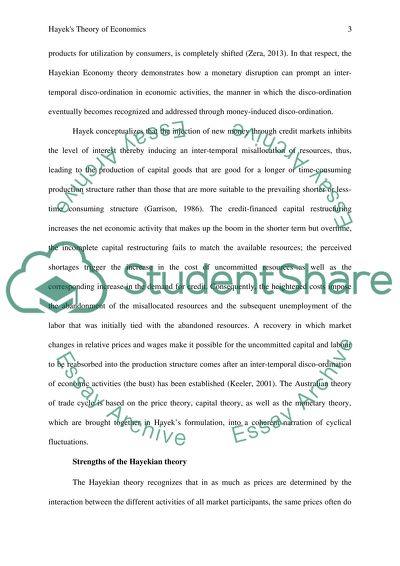Cite this document
(“Hayek's Economic Theory Essay Example | Topics and Well Written Essays - 1750 words”, n.d.)
Retrieved from https://studentshare.org/macro-microeconomics/1648174-hayeks-economic-theory
Retrieved from https://studentshare.org/macro-microeconomics/1648174-hayeks-economic-theory
(Hayek'S Economic Theory Essay Example | Topics and Well Written Essays - 1750 Words)
https://studentshare.org/macro-microeconomics/1648174-hayeks-economic-theory.
https://studentshare.org/macro-microeconomics/1648174-hayeks-economic-theory.
“Hayek'S Economic Theory Essay Example | Topics and Well Written Essays - 1750 Words”, n.d. https://studentshare.org/macro-microeconomics/1648174-hayeks-economic-theory.


